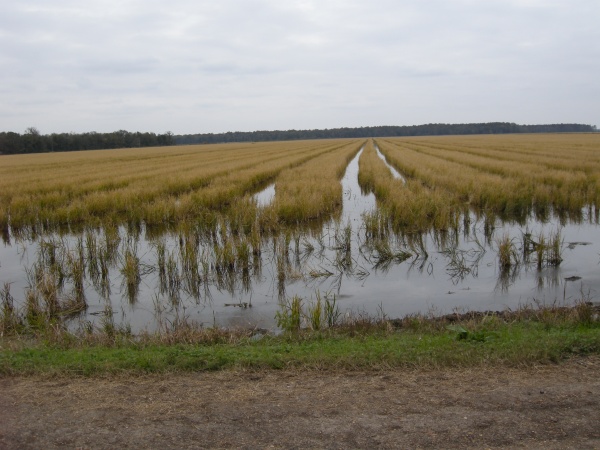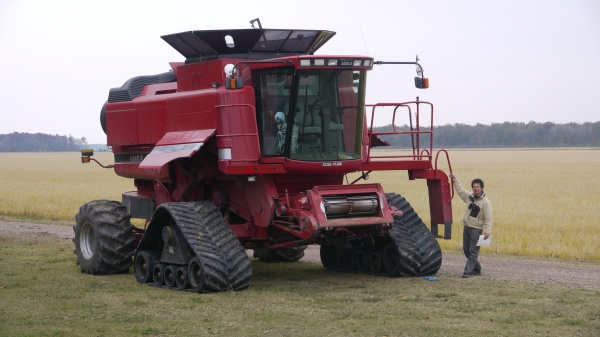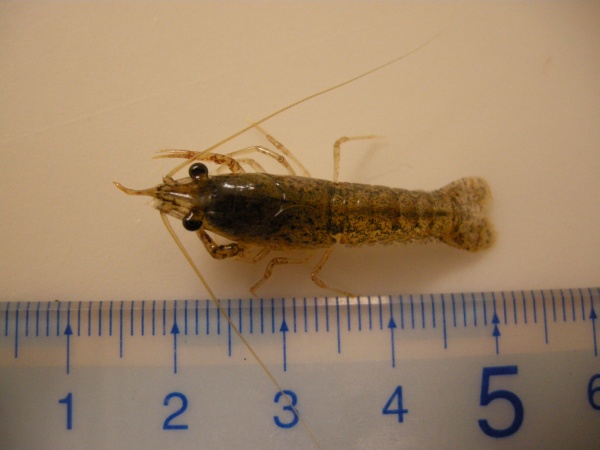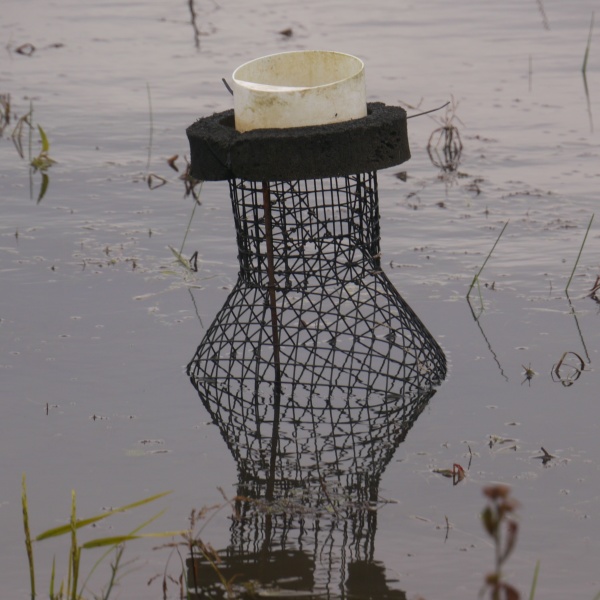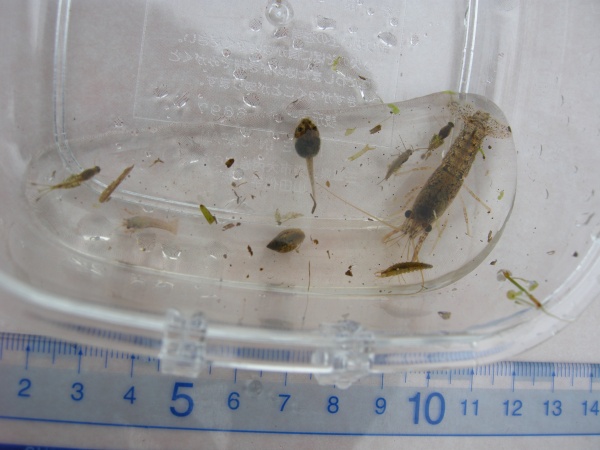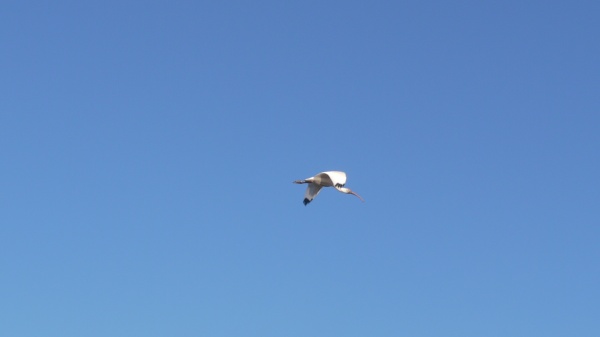The sustainable use and biodiversity of paddies fields of Louisiana
03.05.2010
-
DATE OF SUBMISSION :
-
DATE OF SUBMISSION :
-
REGION :
-
Northern America
-
COUNTRY :
-
USA (Louisiana)
-
SUMMARY :
-
The term “working wetland” in Louisiana refers to wetlands (paddies) serving multiple functions: rice cultivation, crawfish harvesting, and waterfowl habitat. In St. Martin Parish, for example, farmers allow crawfish cultivated in the rice paddies to be fed on by birds, which is a natural part of the ecosystem there, for the preservation of biodiversity. Rice harvesting is done once or twice a year with the first harvest taking place in July and a possible second harvest in fall (depending on price and quality factors of both rice and crawfish). After the seeds are sown in March, water levels in the paddies are maintained at a depth of two inches for about two weeks, which is not only ideal for wading birds but also for controlling weeds. Crawfish are released into the paddies around May or June, when the rice has grown enough to provide a certain degree of protection from waterfowl. To keep sufficient food for crawfish, considerations are being paid in the use of pesticides, thereby maintaining biodiversity. Additionally, many aquatic animals that thrive in this man made, nature friendly environment are also used as sources of food; including frogs, alligators, turtles, and birds. By utilizing multiple aspects of the ecosystem here farmers have been able to increase both productivity and biodiversity simultaneously.
-
KEYWORD :
-
wetlands, paddies, crawfish, multiple functions
-
AUTHOR:
-
Mr. Mitsuhiko Toda is a Senior Research Scientist of Japan Wildlife Research Center (JWRC). His academic specialty is animal ecology and herpetology. He is interested in ecology of alien reptiles and amphibians in Japan. .He has been involved in the work on the Satoyama Initiative Projects, Alien Species Issue Research and Examination Project on Ogasawara Islands, and others. Dr. Takashi Inoue is a Research Scientist of Japan Wildlife Research Center (JWRC). His academic specialty is fish ecology and sandy beach ecology. He was a research fellow, worked as a researcher at the Graduate School of Agricultural Life Science, The University of Tokyo from 2005-2007. Since joining JWRC in 2007, he has been involved in the work on the Alien Species Issue Research and Examination Project and others.
-
LINK:
-
Louisiana Master Farmer Program
Conservation Reserve Program
LSU Ag Center (Louisiana State University Agricultural Center)
2008 Louisiana Summary of Agriculture and Natural Resources
Wetlands Reserve Program


